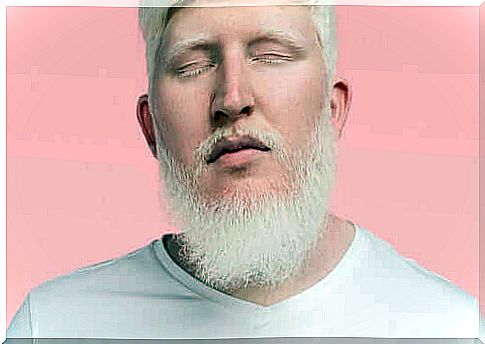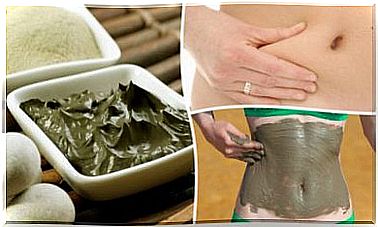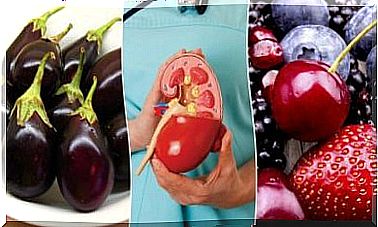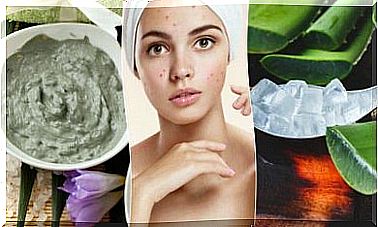Learn All About Albinism Today

Albinism is a rare disease that results from a series of changes in the pigmentation system of the melanin in the skin. This disease affects the eyes, hair follicles and skin. The central nervous system can also be affected. Learn all about albinism today.
There is not one type of albinism. Instead, there are many different types. In addition, not all people with albinism show the same symptoms, nor do they do so with the same intensity.
This is due to the genetic diversity of the entire human population. The only characteristic that encompasses all the different types is the lack or reduction of the pigment in the skin of the different parts of the body.
It is a congenital condition, meaning that people may or may not be born albino. So people cannot develop the disease later in life. Therefore, many experts prefer to consider it an exceptional condition rather than a disease.
Types of Albinism
As we mentioned above, there are many types of albinism. However, we focus on two main types: oculocutaneous albinism (OCA) and ocular albinism (OA). This classification is based on the degree of reduced or lack of pigment in the skin, hair and eyes.
In the first type, as the name suggests, patients have reduced or lack of pigmentation in the skin, hair, and eyes. In the second type, the loss of pigment is mainly seen in the eyes.
These two types can in turn be subdivided into different subtypes, depending on the affected gene. However, oculocutaneous albinism is more common than the other variant.
It has four main types, in addition to other less common and complex forms: Hermansky-Pudlak Syndrome (HPS) (link in Spanish) and Chediak-Higashi Syndrome.

So let’s take a look at the four main types of oculocutaneous albinism.
Type I
This type is caused by the absence of the enzyme tyrosinase. This enzyme is in fact responsible for regulating the steps of melanin synthesis.
Type II
This type represents 50% of cases of oculocutaneous albinism. The origin of this type lies in the mutations of the P gene. However, the function of the protein encoding this gene is still unknown.
However, experts believe that it may be involved in the regulation of the pH of organelles and the accumulation of glutathione in vacuoles. In this type of albinism, tyrosinase functions properly.
Type III
This type only occurs in dark-skinned people. It is caused by mutations in the gene encoding the protein related to tyrosinase 1, the product of which is important in the synthesis of eumelanin. This compound is most abundant within melanin and gives color to the skin, hair and eyes.
Type IV albinism
This is an extremely rare form where the malfunction lies in a gene encoding a membrane transporting protein involved in tyrosinase processing.
It also affects the transport of proteins to the melanosomes, which are organelles that contain melanin. Oddly enough, this is the most common type of oculocutaneous albinism in Japan.

Treatment of albinism
Unfortunately, there is no specific treatment for this condition. However, it is important to know that people with this condition are at high risk for sunburn and skin cancer. Therefore, the best treatment is to prevent these mentioned risks. To do this, for example, the patient must:
- avoid exposure to direct sunlight
- wear sunglasses with UV filters
- use sunscreen with a high protection factor (SPF)
Sometimes it may also be necessary to have surgery to treat strabismus, which is one of the typical problems associated with albinism. Strabismus is the inability of both eyes to focus on the same point or move at the same time. Surgery to correct strabismus can help make the condition less noticeable.
Conclusion
Although albinism is not a life-threatening disease, people who suffer from it are prone to other diseases, such as skin cancer or sunburn. Therefore, adequate sun protection and knowing what form of albinism they suffer from is essential.
Medical advice is crucial for these patients, as is the use of high-quality, protective creams.









